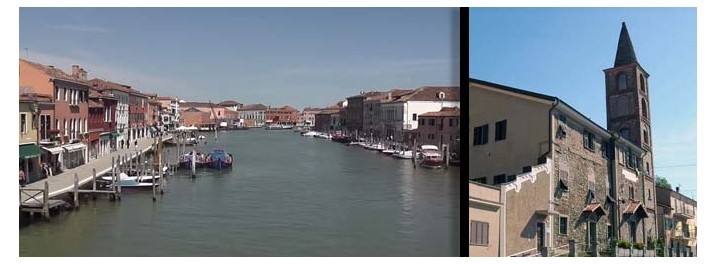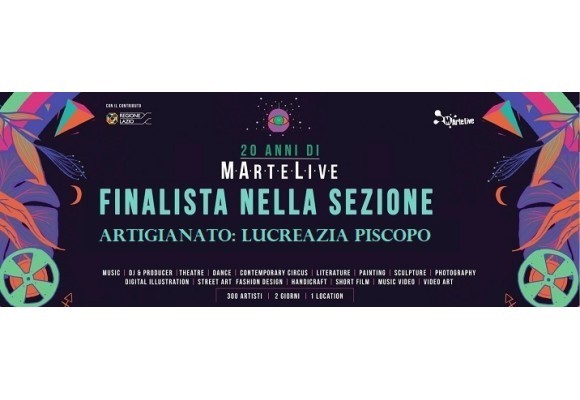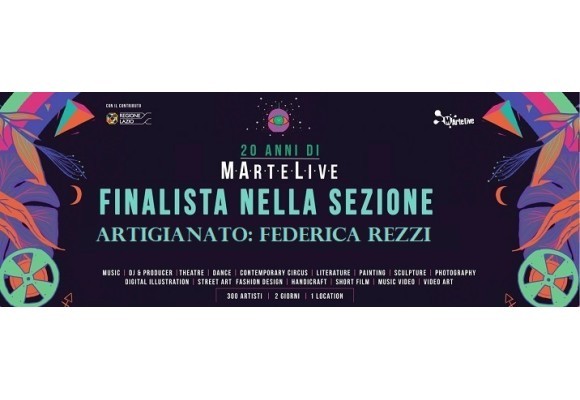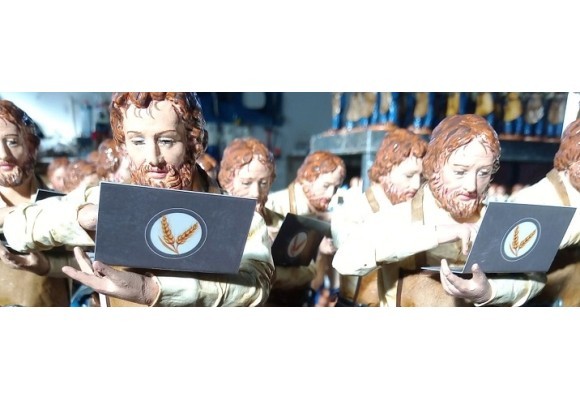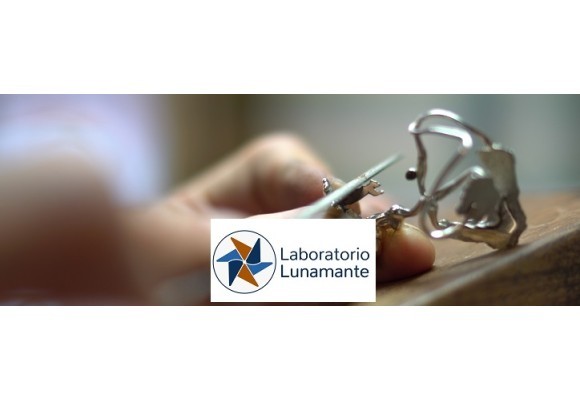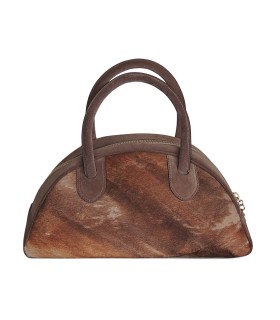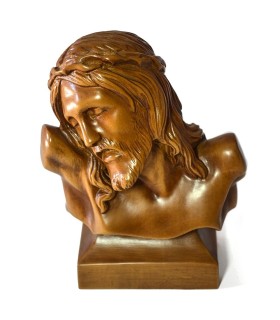The charm of glass in Italy, from Murano to Altare
If you are a lover of the art of glassmaking, here are two places you absolutely must visit in Italy
We must certainly begin our journey in Veneto, on the island of Murano, located less than two kilometers from Venice. Murano saw its importance in this process grow at the end of the thirteenth century, as a result of the decree of the Republic of Venice, which, to prevent fires in the city, moved the working furnaces on the island of the lagoon. Concentrating all the glassworks in Murano allowed both the control of their activity and the custody of secrets and techniques, in fact the glass masters were obliged to live on the island, which they could only leave with a special permit.

These knowledge and skills of the glass masters led Murano to become the main glass center in Europe in the 15th century. The island became a real industrial area, whose production was mainly oriented towards objects of daily use but without neglecting objects with a decorative function.
The blowing technique became the one favored by glass masters for high-level works and the Republic of Venice managed to maintain an artistic dominance for many years also thanks to the new productions made, such as that of transparent glass, called the "crystalline glass ”, Obtained thanks to the procedure developed by the master glassmaker Angelo Barovier.
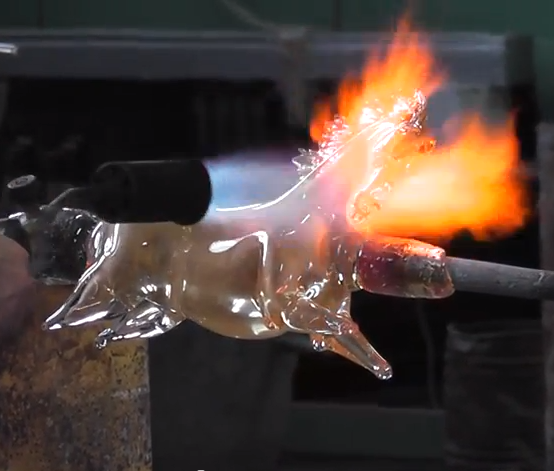
At the end of the 16th century, forty percent of the inhabitants of Murano were involved in the glass sector; but with the passing of the years, political changes, new techniques and commercial rivals and competition have led to a sharp decline in the number of workers in the sector, reaching the thousand workers currently involved.
If today you want to chronologically retrace the technical-artistic evolution of Murano processing, you can visit the glass museum located in Palazzo Giustinian. It is currently the subject of major restorations, aimed at improving and expanding the exhibition space; in fact, only five of the original rooms can be visited.

The other Italian city that has played an important role in the production of glass throughout history is Altare, a town 20 km from Savona. Glass processing in Altare has ancient and almost legendary origins, thanks to the Benedictine monks who had the furnaces for glass processing built. Still in doubt is whether it was the monks themselves who taught the local families or whether they brought in Norman or Flemish master vestrai.
The first families that began this activity were joined by others of Genoese, Venetian and Piedmontese origin, up to about fifteen. The union of these families led to the birth of the glass university corporation, whose first statutes were drawn up in the last years of the 15th century and approved by the Marquis of Monferrato in 1512.

Only male children had the right to belong to this corporation and to control the work of the glass university they set up the Vitrea art council, composed of six consuls nominated among the six most prestigious glass masters.
Over the years, the University of glass acquired a dominant position in Altare, becoming almost an undisputed authority; but despite everything in the early seventeenth century the glassmakers had to face periods of crisis such as to lead the Duke of Mantua to offer the transfer of the category to Ceresa, which they refused. This political and economic dominance began over time to cause discontent in the new emerging classes: thirty-year struggles, which led King Carlo Felice to suppress the Altare Glass University in 1823. This choice led both to a worsening of the working conditions of the glassmakers of Altar both to an emigration of even the wealthiest and most capable glassmakers who began to open and take over kilns both in Italy and abroad, even reaching South America. This situation of discontent and difficulty continued in the following years and led in 1856 to the foundation of the Società Artistico Vetraria (SAV), the first example of a cooperative in Italy.

In more than a century of life, the SAV made Altare the first industrialized town in the Bormida Valley and its glass masters and their different productions managed to be appreciated in Italian and foreign glass factories; it dissolved in 1978 due to a lack of funds that did not allow for the necessary changes to be made for structural renewal and the production process.
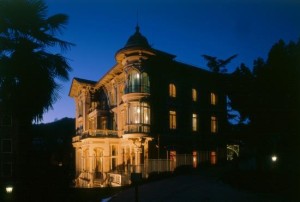
Currently in the city to revive these works we find the Museo dell'Arte Vetraia Alterese, housed inside the Villa Rosa, built in Art Nouveau style in the early 1900s. Visitors have access to a rich display of artifacts that tell the history of glass art of Altare from 1650 to the present day as well as tools and molds useful for the phases of craftsmanship.
For more information, here are the official sites:
Museo del vetro di Murano /Museo del vetro di Altare
the photographic material on Altare is taken from www.tripadvisor.itwww.tripadvisor.it
Lucrezia Piscopo Art, winning project of the Lazio MarteLive 2021 regional final
Interview with Federica Rezzi G, winner of the Lazio MarteLive 2021 final, crafts section
From tradition to today, a special gift for a special professional
The beautiful works of Klimt on the ceramic eggs of La Terra incantata
Valentina Musiu and VALEgnameria, art and craftsmanship in a dynamic and colorful mix
Lunamante Goldsmith workshop, the Covid don't stop creativity

